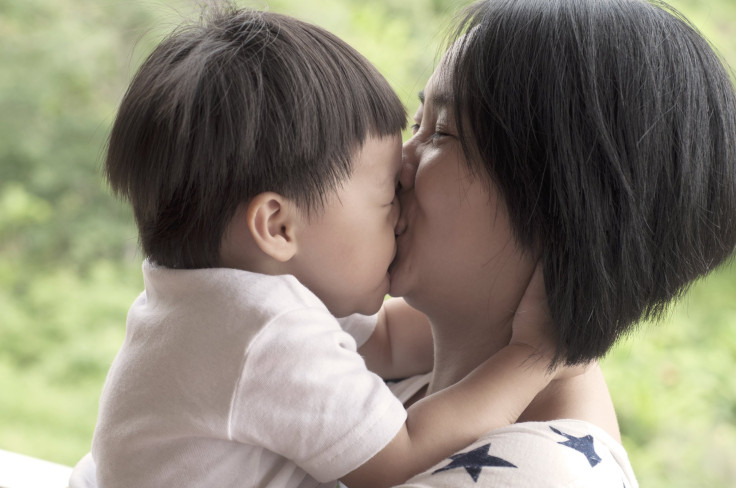Babies' Disinterest In Faces, Preference For Objects, May Indicate Lack Of Empathy Later

It is known that the deepest, most primitive parts of our minds process faces. It is also known that typically developing babies become sensitive to another person’s face and eyes almost immediately after birth. In a new study, scientists find a baby’s preference to stare at an object, instead of a person's face, may predict a lack of guilt and empathy as well as difficulties understanding emotions during toddlerhood. While a mother's warmth and attention might positively influence her child's later behavior, this may be true only of girl babies and not boys.
Gender Differences?
Researchers from King's College London designed a study to test whether infants’ preference of tracking a face with direct gaze and their levels of maternal sensitivity could predict later callous and unemotional traits. The research began with the recruitment of 213 first-time mothers and their babies, roughly half of them girls. At five weeks after birth, the researchers tested the babies against the Neonatal Behavioral Assessment (NBAS), a standardized measure to assess orienting, motor and emotion regulatory processes.
Next, the mothers and children were brought into the lab and recorded by the experimenters. There, the mothers played with their infants with toys from home for seven minutes and then again for another eight minutes playing with a standard set of toys provided by the experimenters. Later, trained observers watched the videos and rated each mother’s "maternal sensitivity" on a five-point scale, where the highest number reflected a mothers’ appropriate, supportive, warm response to her infant. Finally, when the children had reached an age of 2 and a half, the researchers assessed their level of callous and unemotional traits via a questionnaire answered by their parents.
After collecting and analyzing all this data, the scientists arrived at both expected and less predictable conclusions. They discovered infants who did not enjoy tracking faces as much as looking at objects were more likely to display unemotional traits in toddlerhood. The study also showed, as you may guess, that if a mother responded more sensitively to their baby during playtime, then the child would be less likely to display callous behavior as a toddler. However, when the researchers factored potential confounders out of the equation, this was true only of the girls and not the boys. (Potential confounders are issues that might muddy the results, such as gestational age, smoking during pregnancy, maternal antisocial traits, and deprivation due to socioeconomic status.)
In other words, a boy’s display of callous, unemotional behavior may be entirely independent of his mother’s sensitivity to, and influence over him, these aspects of his character may be more fixed, possibly innate.
“Callous and unemotional behaviors in children are known to be associated with an increased emotional burden on families as well as later criminality and antisocial behavior,” said Dr. Rachael Bedford, a postdoctoral fellow at the Institute of Psychiatry, Psychology and Neuroscience, King's College London and lead author of the study.
Source: Bedford R, Pickles A, Sharp H, Wright N, Hill J. Reduced Face Preference in Infancy: A Developmental Precursor to Callous-Unemotional Traits? Biological Psychiatry. 2014.



























